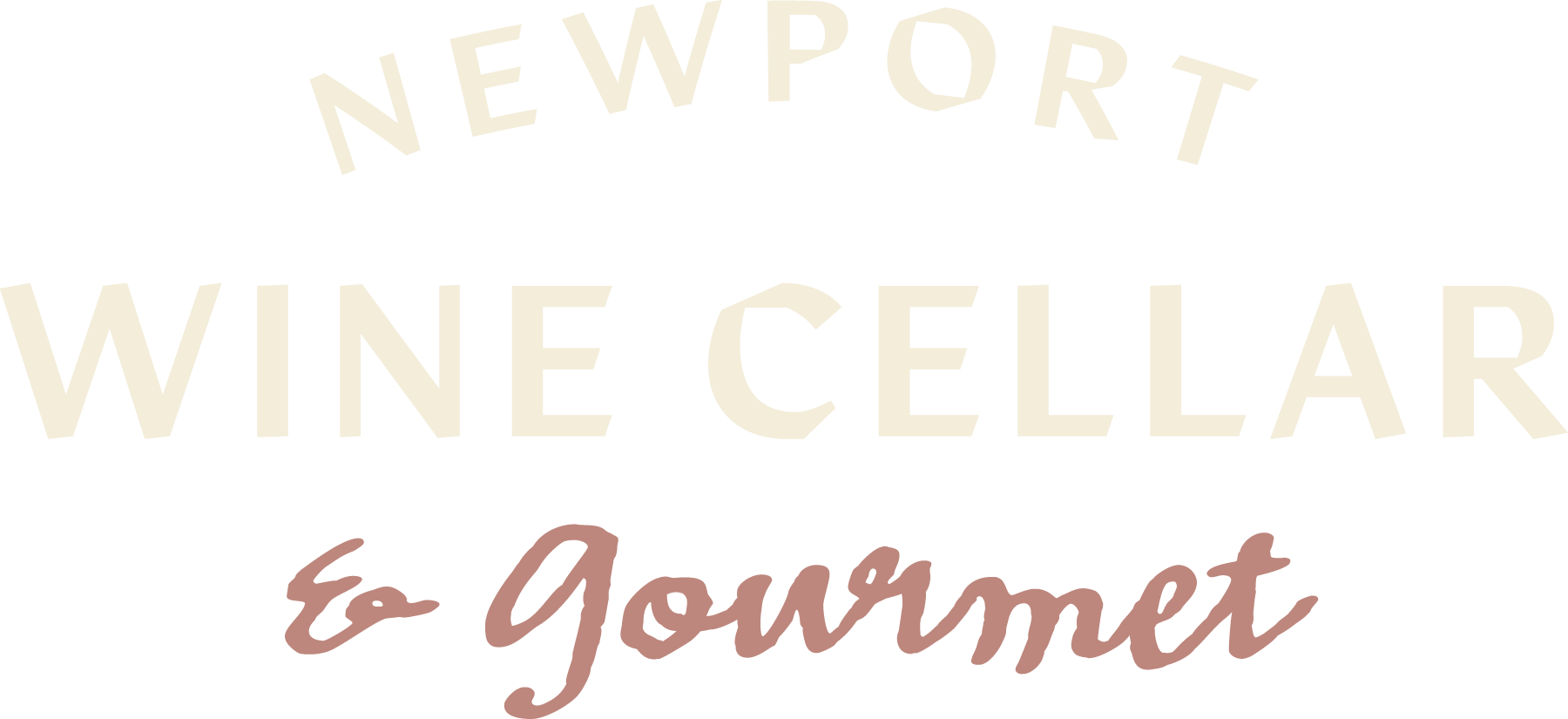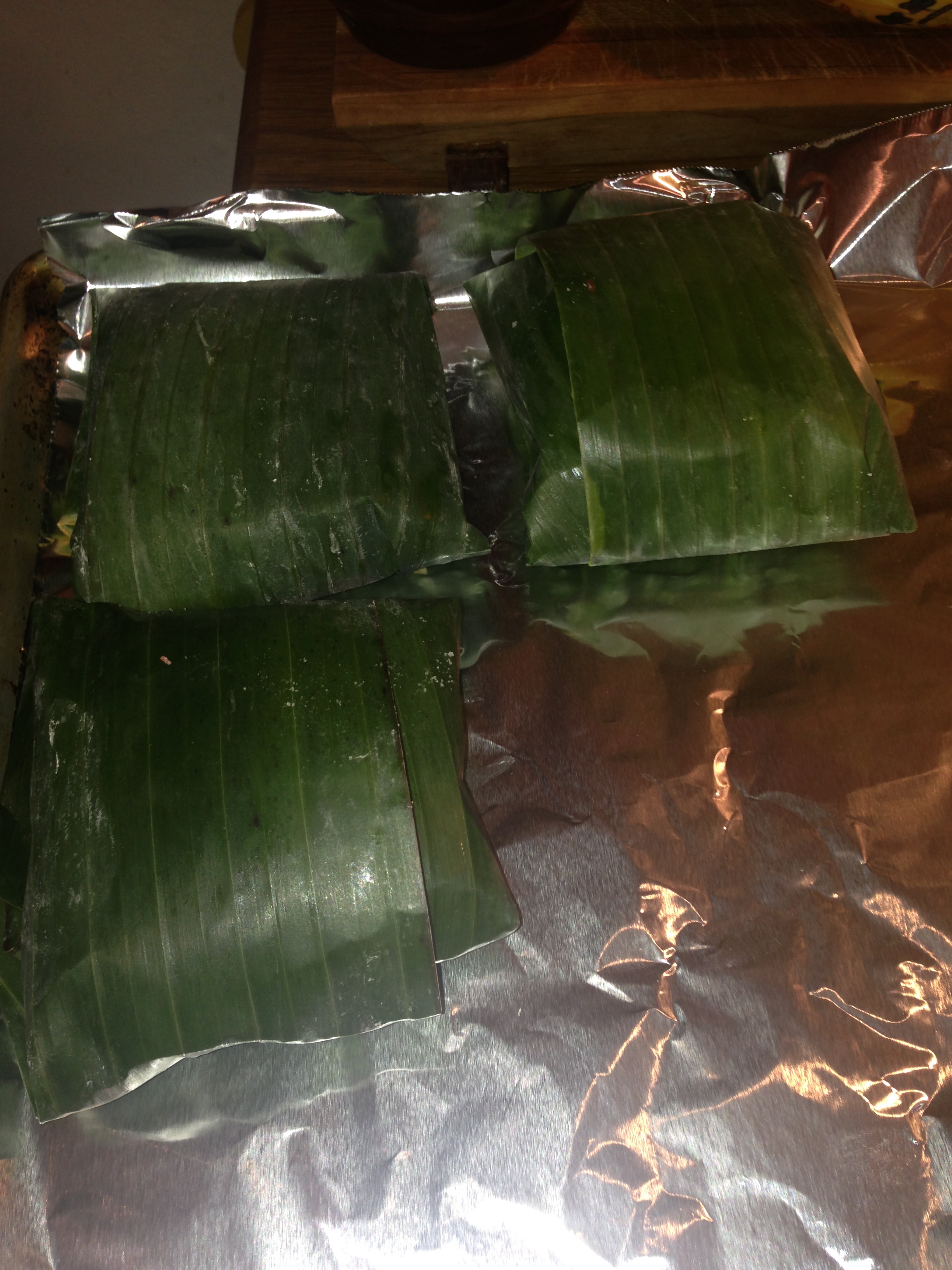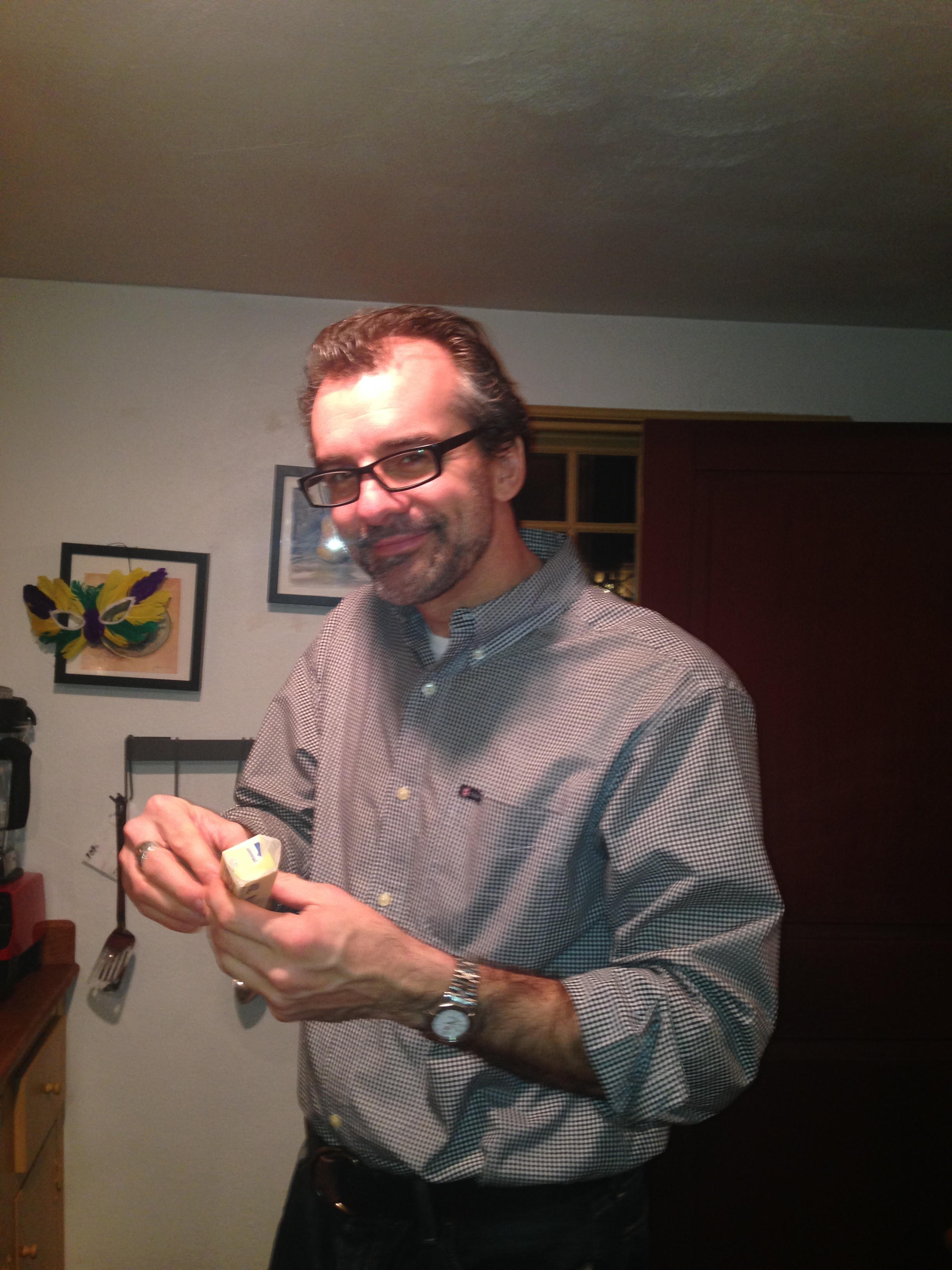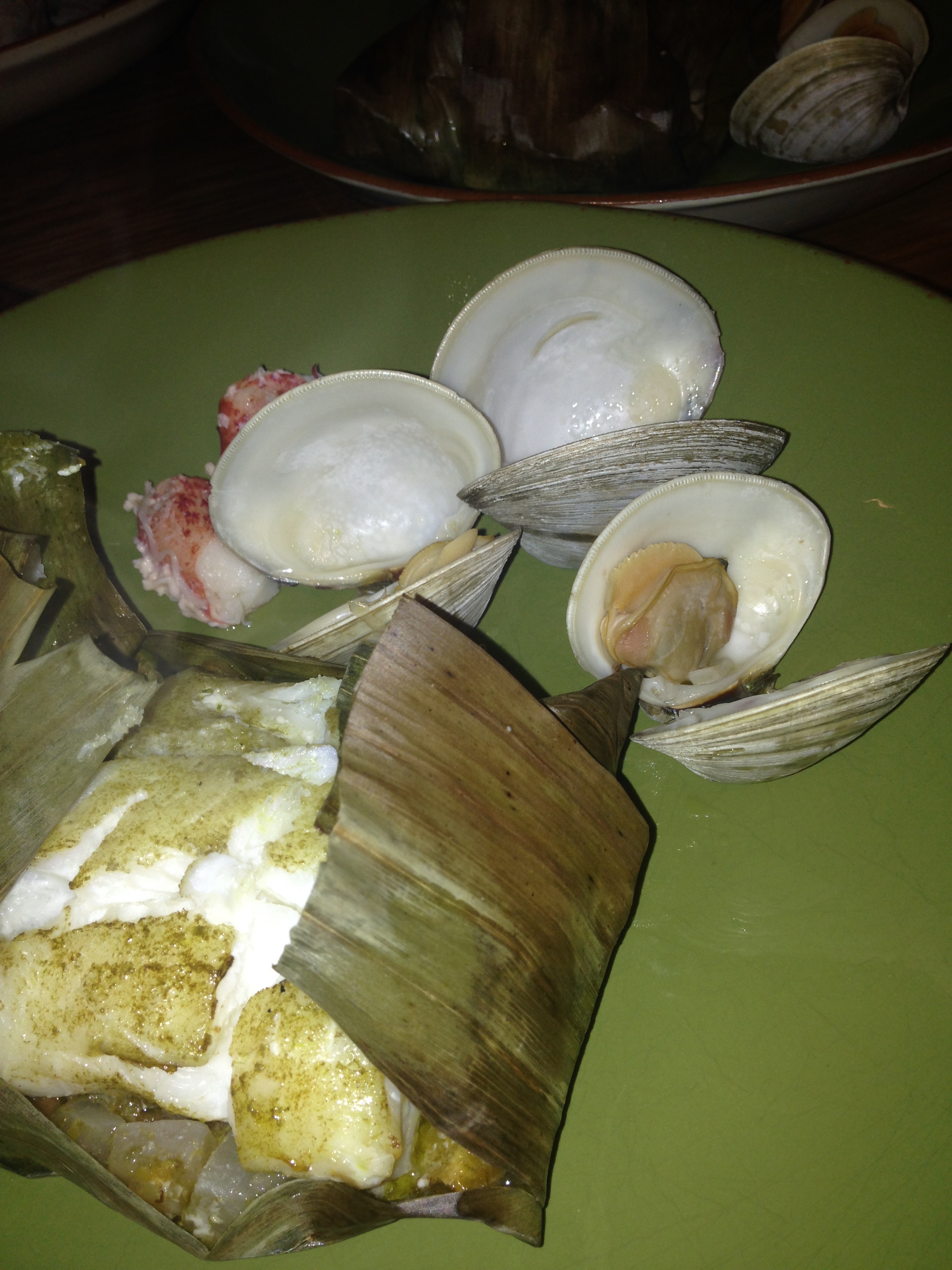On Saturday, I had the opportunity to prepare the second meal on my journey of the History of Food in 100 Recipes (Thank you Sitwell for taking me on this trek.) So far this has been a lot of fun. Thsi recipe was a simple one, "Fish Baked in Fig Leaves," from Archestratus's Life of Luxury, 350 BC. Archestratus, according to Sitwell, had one aim, to visit as many lands a possible and sample the good things that place offered to eat. I feel akin to this man in both his purpose in life and his heritage, as he is also Sicilian, so I was very excited to make this recipe.
The recipe does not offer much direction other than wrapping the fish in the fig leaves and baking it, so I had a lot of freedom, which is how I work best in the kitchen (and, for that matter, in all areas of my life). I set out the farmer's market to see what I had to work with.
To begin, no fig leaves in January. Okay, a minor set back, what else is out there? From a local vendor, I got banana leaves, great option, which actually imparts a little flavor to the fish, so I am ready to get fish. I am trying to stay with local ingredients, and clearly banana leaves are not, so for the fish, I am staying with something fresh and local. Today, the cod looks exceptionally good, so I go for that.
But, what else? I started around the farmer's market, fully aware that it is the dead of winter. I spied a butternut squash, some yellow onions, parsnip, and turnip, a perfect combination of flavors for a caramelized hash for under the fish, but now I needed aromatics. I remembered that I have a pesto in the fridge, so I grab some additional fresh parsley. Now, I needed a way to present it. I grabbed a lobster and some little necks for a broth and garnish, as well as some fingerling, purple, and sweet potatoes for roasting.
This is coming together quite well, I thought to myself, and so, I headed home to assemble and serve.
The banana leaves were easy to work with, so I loaded them up with the veg hash, the fish and a little pistou, wrapped and baked at 350 for about 35 minutes until the fish felt firm to the touch and the bundles looked full. I boiled the lobster with some aromatic herbs and onion and garlic, sauteed the little necks in wine and garlic, them combined them to make the stock. (Take note, I have not said butter yet, and won't...this is a healthy one!)
I ladled the stock into pasta bowls and added the fish packets, just cutting the top for presentation, they looked so pretty on the plate, and the result was pretty delicious. We had a few different wines on the table, but the best pairing, I thought, was the Roussane from Kunin, a small Santa Barbara Winery that I am working on getting here in Rhode Island...always a project.
I think Archestratus would have been pleased with Rhode Island's offering!
Next, you ask? Well, I am skipping curing ham, there are people who are very good at this, and jumping right into roast goat! Stay tuned, and eat, drink, and think.
















